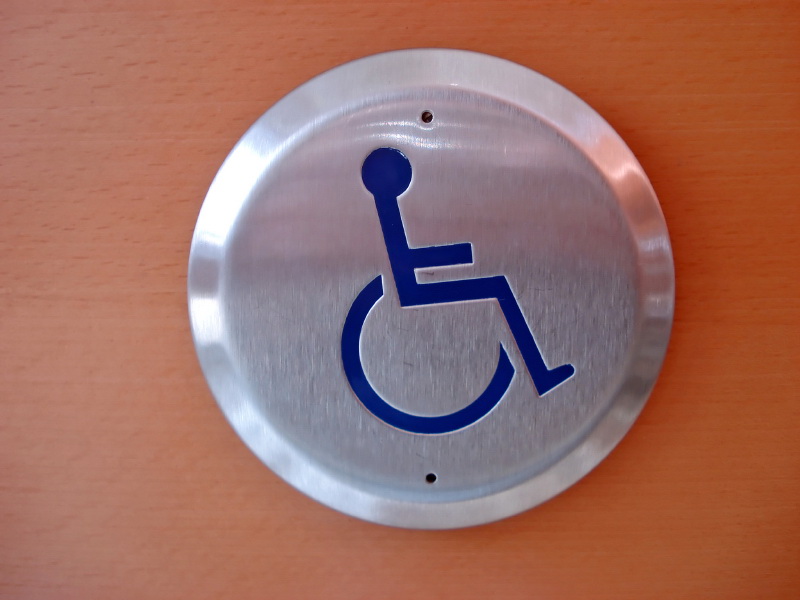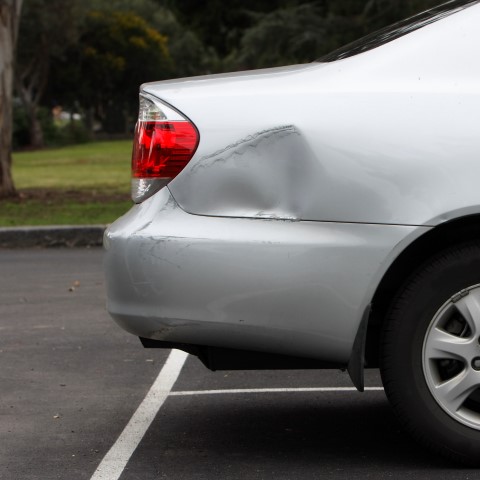Accessibility – More than just ramps.
Most everyone would recognize a symbol containing a white wheelchair against a blue background. It is an international icon that has long symbolized accessibility on everything from parking lot signs to bathrooms.
What many people may not recognize and appreciate is how recently this sign came into use. Although the fight for the rights of people with disabilities has a very long history, the signing of the Americans with Disabilities Act (ADA) on July 26, 1990 was significant in that those rights became law. ADA Standards were born out of this law, but were still perceived as more of a civil right to receive them rather than as codes that were required to be implemented. There were no Federal ADA plan reviewers or building inspectors present before or during construction to enforce these standards. So, enforcement of the ADA became a complaint-driven process. Someone would recognize a problem and bring it to the attention of someone who can assess, address and remedy the situation. This would then be settled privately, through mediation or through the courts. Eventually, ADA standards became part of the International Building Codes (IBC), which are the most widely adopted building codes in the United States. The IBC addresses accessibility and references ICC/ANSI A117.1 Accessible and Usable Buildings and Facilities. The specifications in this standard make sites, facilities, buildings and elements accessible to and usable by people with disabilities.
Other organizations, standards and guidelines such as the Department of Justice (DOJ), the Department of Transportation (DOT), the Uniform Federal Accessibility Standards (UFAS) or the Americans with Disabilities Act Accessibility Guidelines (ADAAG) may still be relevant and apply to a situation.
Adding to the confusion over which standards would apply to which situation are needed answers to questions such as:
•Was the property/building altered/renovated? Resurfacing of a road may be considered an alteration and may trigger the need to install curb ramps whereas filling in a pot hole would be considered maintenance and would not trigger the need for curb ramps.
•What is the primary use of the building/property? (Assembly areas such as stadiums and theaters may have different requirements than schools, medical facilities or group homes)
•When was the building constructed? (Trick question! There is no “grandfather” clause in the ADA. The ADA still requires that accessibility be improved regardless of the original construction date. However, businesses will not be forced to take on excessive expenses that could harm the business. Businesses are expected however, to immediately do what they can and then move toward total compliance over time.)
With the signing of ADA into law along with the revisions it has undergone since, accessibility has become a right for everyone. This has become a simple, easily understood right; equality for all. What is not as easily understood is what standard applies to a particular situation when evaluating a building or property for ADA accessibility. CED Technologies has experts who can determine the applicable standards and credibly evaluate whether or not the building or property is ADA compliant.
Featured Engineer: Michael P. Tracey, M.S.C.E., P.E., Structural/Civil Engineer
Submit a case or claim online.
Contact a CED Engineer in your region.






